Tactics win games. That’s a truth every chess player learns quickly.
You can play a perfect strategy for 30 moves. But if you miss one tactic, it can all fall apart.
So, how do grandmasters see tactics? Do they have magical eyes? Are they just born different?
No. They know what to look for.
This article will teach you the key signs that tell you: “Look for tactics here!”
Let’s dive into the indicators that help you find winning combinations in your games.
1. Loose Pieces
Loose pieces are unprotected or underprotected pieces. That means they can easily become a target. They’re the low-hanging fruit of tactics.
Here’s a simple rule: Loose pieces drop off.
This means unguarded pieces often fall to forks, pins, skewers, or discovered attacks.
When your opponent leaves a piece hanging, look for a way to attack it.
Always make sure to ask yourself:
“Who’s not defended?”
Find the loose piece. Then look for a capture or threat that hits it.
2. Overloaded Pieces
Sometimes a piece does too much work. Maybe a queen is guarding two different threats. That’s a perfect sign to strike.
When a piece is overloaded, you can remove one responsibility and make it fail at the other.
Is one piece doing too many jobs?
That’s your chance to create tactical pressure.
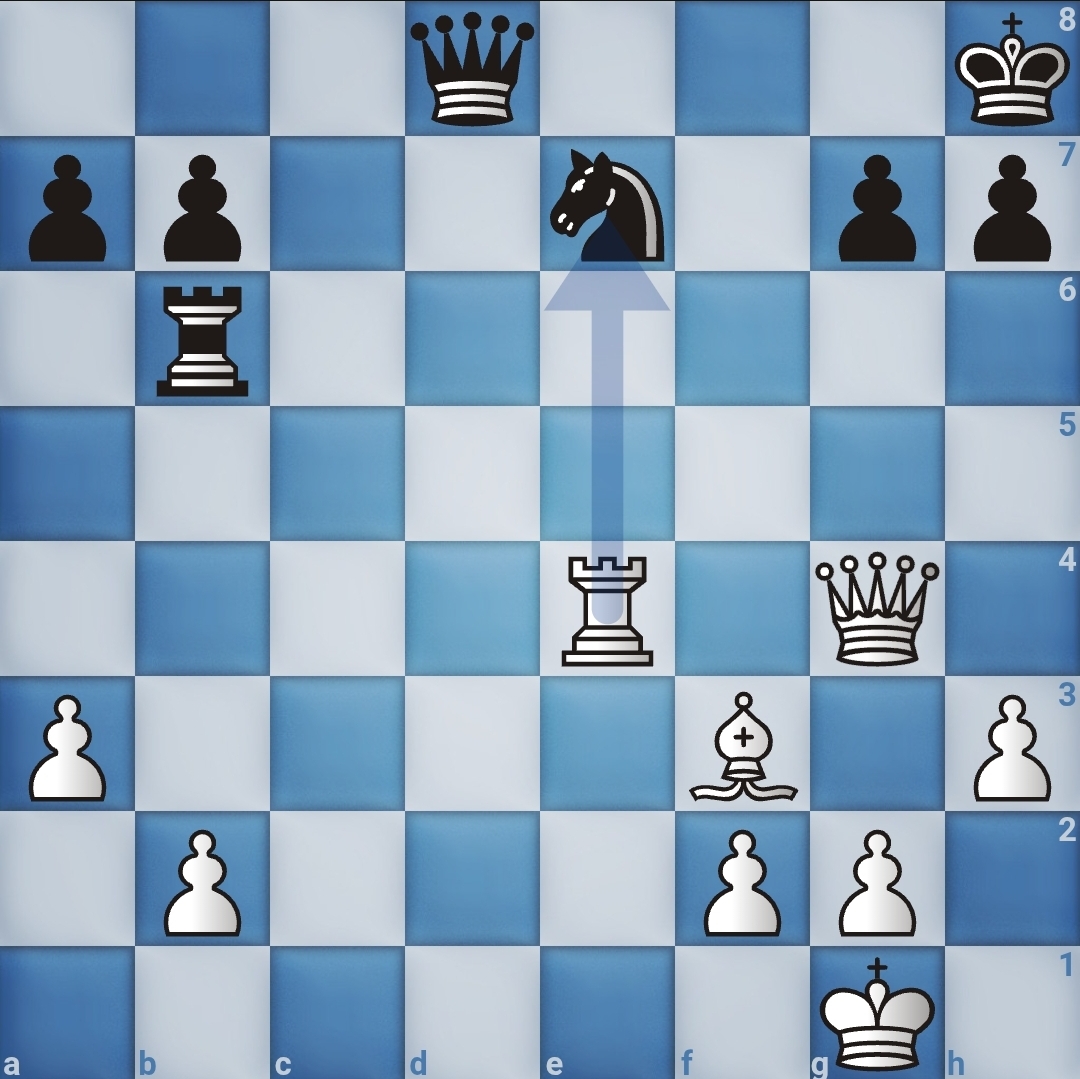
In this example, the black queen defends the knight and the back rank at the same time. White can play Rxe7 and win the knight.
This is because the black queen is overloaded. If she recaptures, she leaves the back rank, and White can play Qc8#.
3. King Safety Problems
A weak king is a magnet for tactics. If your opponent’s king is exposed, look harder. Tactics love bad kings.
Here are clues of a weak king:
- Not enough pawns in front
- Can’t castle anymore
- Stuck in the center
- Pieces are not defending it
Tactics like mating nets, sacrifices, or sudden checks often appear when the king is open.
Bonus Tip:
Even if your opponent’s king looks safe, one missing pawn can create hidden chances.
Keep asking yourself:
Can I expose the king more?
4. Alignment
This means two or more pieces are lined up, either horizontally, vertically, or diagonally.
Why does this matter?
Because when pieces line up, they can become victims of tactics like:
- Pins
- Skewers
- Discovered attacks
Example:
A queen and a rook on the same file. Suppose you place a bishop between them, boom! Skewer!

Every time you see pieces aligned, ask:
Can I attack through that line?
It might be a goldmine.
5. Checks, Captures, and Threats
Strong players say it all the time:
Look at all checks, captures, and threats first.
Why?
Because most tactics start with one of these three, and often the best move is not the obvious one.
Whenever you look at a position, pause and go through:
- All checks
- All captures
- All big threats
Even if they look silly at first.
The idea is this:
Force your opponent to respond. Then follow up with your tactic.
It’s like setting up dominoes and knocking them over.
6. Pins and Skewers
When a stronger piece hides behind a weaker one on the same line, you may have a pin.
A pin means the front piece can’t move, or it would expose something valuable behind.

Skewers are the reverse. You attack the big piece in front, and the smaller one falls when it moves.
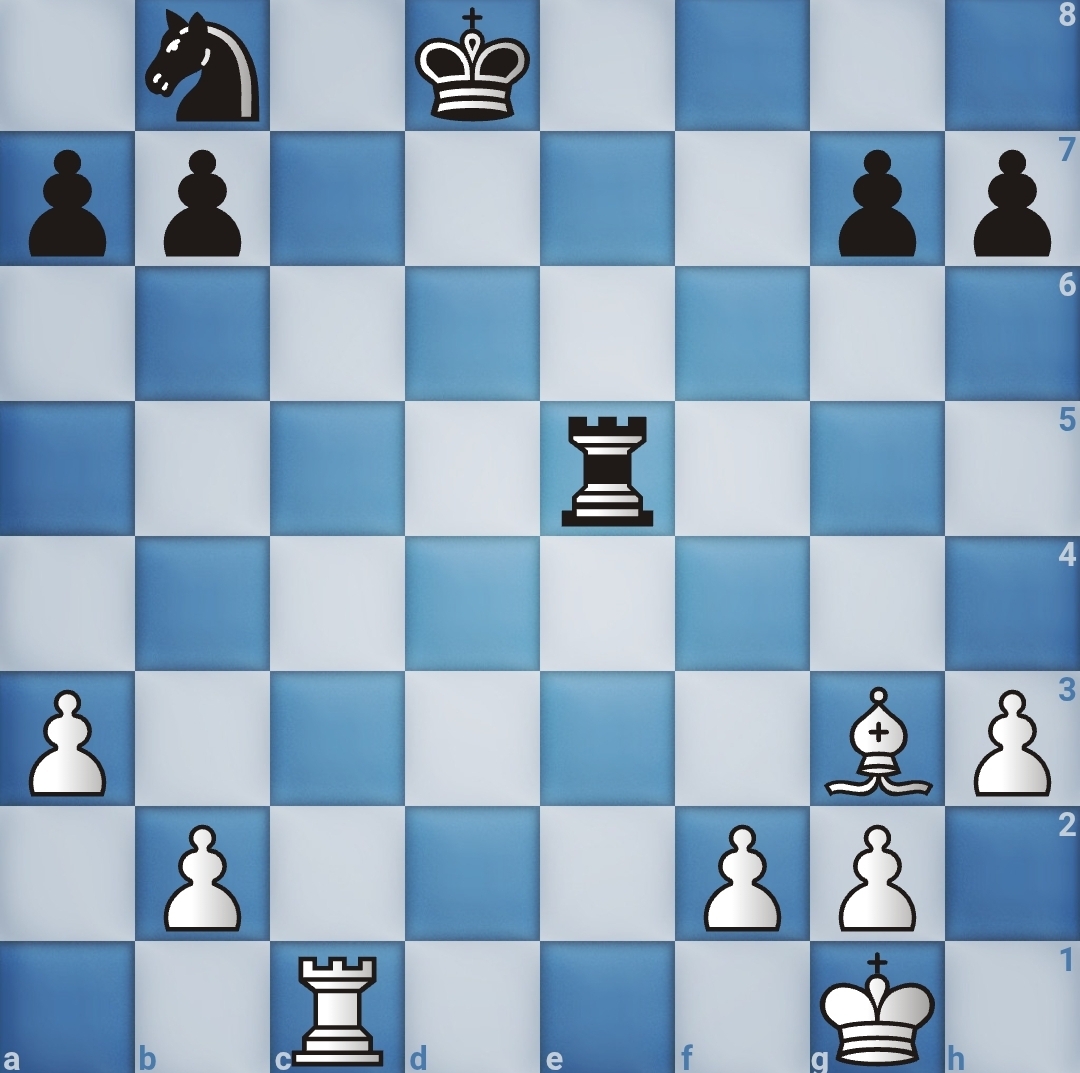
Look at the whole board; if two pieces are stacked, think: “Can I pin or skewer?”
These tactical weapons often win material or set up further threats.
7. Back Rank Weaknesses
A back-rank mate happens when a king is trapped behind its pawns.
If the escape squares are covered and you control the back rank with a rook or queen, game over.
Even if you can’t deliver the mate immediately, threatening it forces your opponent to weaken their position.
They may make a bad move, drop their guard, or panic and ruin their position.
Look for this sign:
King on back rank, no breathing room.
Strike immediately.

8. Tempo and Initiative
Tactics thrive when you force your opponent to respond.
This is called playing with tempo, gaining time while making threats.
If your moves attack something and develop or improve your position, you build pressure fast.
Tactics often show up in such cases because your opponent has no time to breathe.
Ask yourself:
“Am I making my opponent react to every move?”
If yes, your chances of finding a tactic go way up.
9. Trapped Pieces
Sometimes your opponent’s piece has no escape. If it can’t go anywhere safe, it’s as good as gone.
This is called a trapped piece.
Look for pieces near the edge of the board. Check knights and bishops, especially. If they have no way out, surround them.
10. Unusual Piece Placements
If a knight or bishop looks odd or out of place, that’s a sign. It might not be doing anything useful.
Or it may be far from the action.
The same goes for awkward queen or rook placements. Their bad position can invite tactics.
Also, watch your pieces. Poor placement can lead to missed threats.
Every turn, ask:
Is that piece useful? Is it vulnerable?
Fix the bad ones and exploit your opponent.
Final Tips
- Don’t search for magic. Look for clues.
- Always scan for tactical indicators before every move.
- Train puzzles with these ideas in mind.
- Practice seeing patterns, not just moves.
- Pause when you feel something’s off. That instinct is worth gold.
Conclusion
Tactics aren’t about luck. They’re about being alert.
Loose pieces, exposed kings, overloaded defenders, weak back ranks, aligned targets, they all whisper the same thing:
“There’s a shot here. Find it.”
So stay sharp. Watch for these signs. Trust your eyes. And remember:
The tactic is there, if you’re ready to see it.



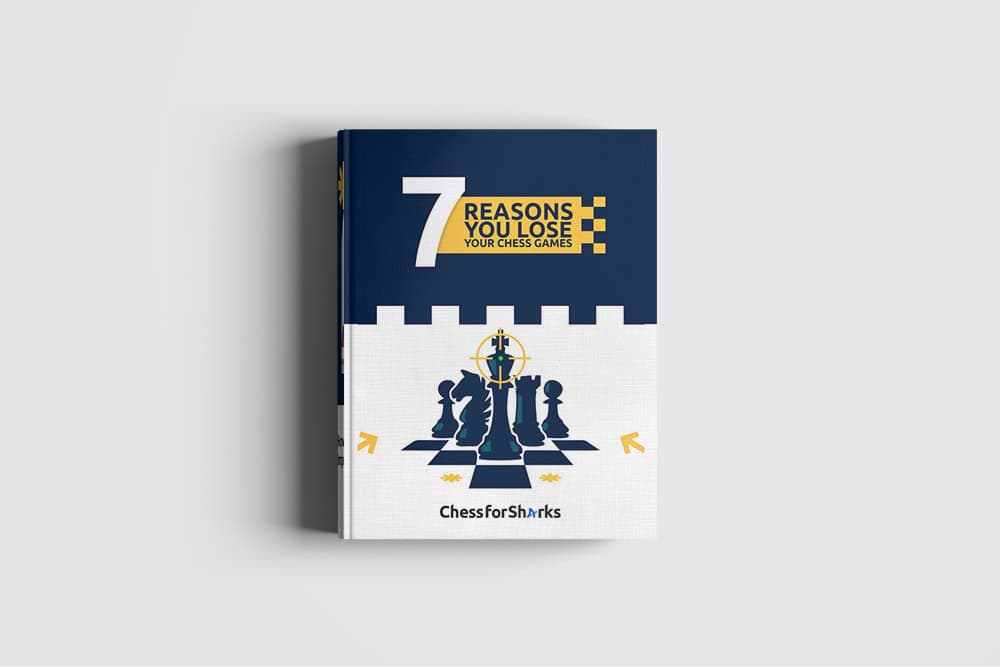
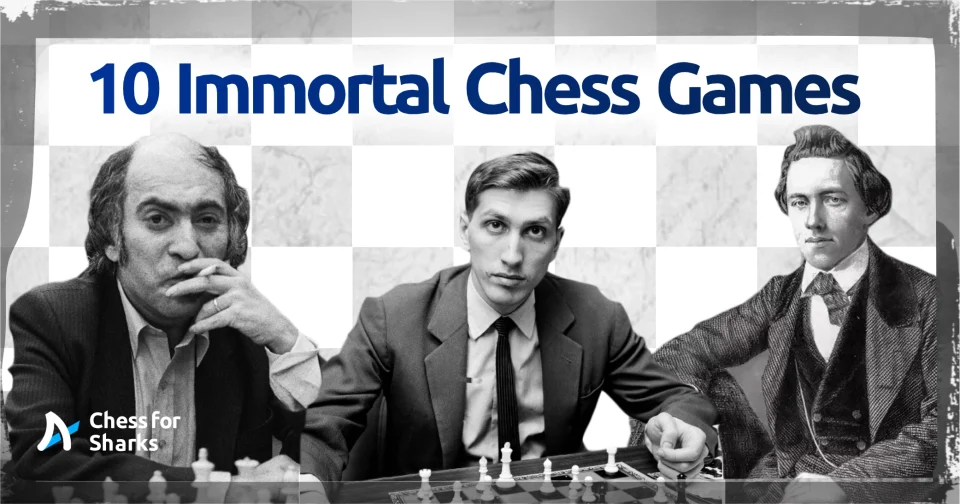
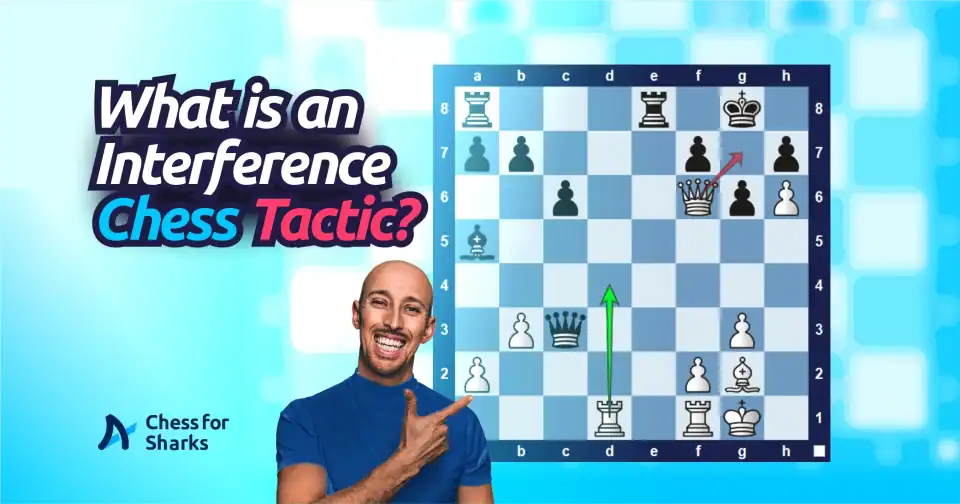

join the conversation